Hello Forte Blog Followers ... meal #2 week #2.
My mom is from Italy, and I ate very well growing up. I was fortunate to stay with my family in Italy many summers. I would eat and be blown away because the food was so good!!! I began watching my grandmother (nonna) whenever she cooked. I learned to cook by watching her and helping her as she cooked. Eating her food developed a sense of how food and flavors worked together. This was a meal this past week that my grandmother definitely would have had on a chilly fall evening.
Almost everyone has heard of minestrone which is a fairly fixed type of vegetable soup with some variation from family to family, region to region or simply based on what is available locally. Minestra is a general word used for vegetable based soups. It is easy to make, and once you have made it one time you won't need a recipe.
Ingredients:
Peel the same # of potatoes as people you will serve
Chop one whole onion
Chop two carrots
Chop two celery stalks
Finely chop 1-2 sprigs of fresh garlic
2 Fresh Bay Leaves (optional for you but not according to my Nonna)
Cannellini Beans servings equal to number of people served (rinse the beans in a collander)
Chopped Cavolo Nero or Lacinato Kale (1 cup per person)
Whole Grain Orzo servings equal to number of people served
Parmigiano Reggiano Heel (This is top secret. Only Italians know this. And when Italians smell the minestra cooking and the sent of the parmesan they know it is going to be good!!!) (It is optional but not according to my Nonna.) (You can get these at Whole Foods, just ask the cheese monger.)
Cooking Steps:
1. Fill stock pot with 2 cups of water per person and bring to a low boil
2. Salt water as if you were salting the whole surface area of the water two times
3. Grind pepper over the water's entire surface area
4. Chop the onion, carrots, celery, and garlic and add to the water
5. Add the two bay leaves to the water
6. While the water begins to boil peel and chop the potatoes
7. Rinse the cannellini beans
8. Chop the Kale
9. Read the orzo directions and put the orzo in for the amount of time the box recommends for al dente pasta (the soup is ready when the orzo is ready)
10. Put the potatoes in two minutes before the orzo
11. When there are two minutes left before the soup is done add the kale and cannellini beans
When you serve the minestra drizzle some olive oil over it, salt to taste if needed and grate just a little fresh parmigiano. Now eat it!!!
Finish this great meal with an Italian salad of romaine lettuce, arugula, radicchio, sliced carrots, sliced fennel and dress the salad with sea salt, black pepper and mix, add extra virgin olive oil and mix, and finally white balsamic vinegar and mix.
Now count the number of plants you just ate!!! And best of all " la minestra e piu buono il secondo giorno!!!" (just google translate it)
Buon Appetito!



